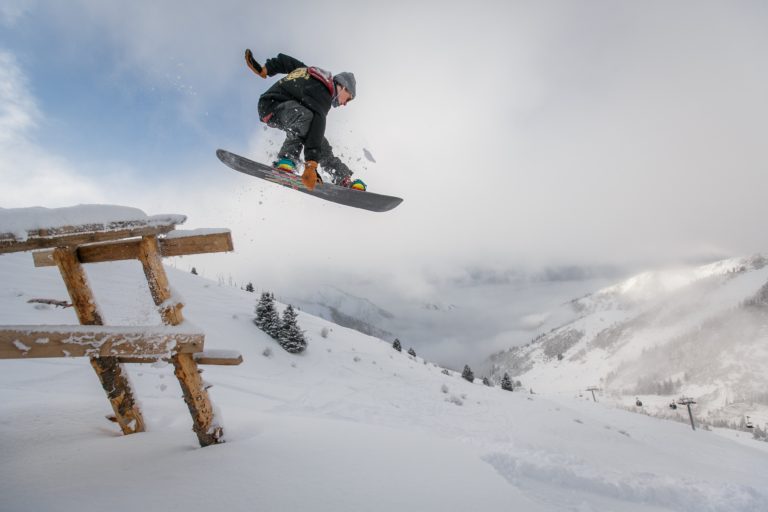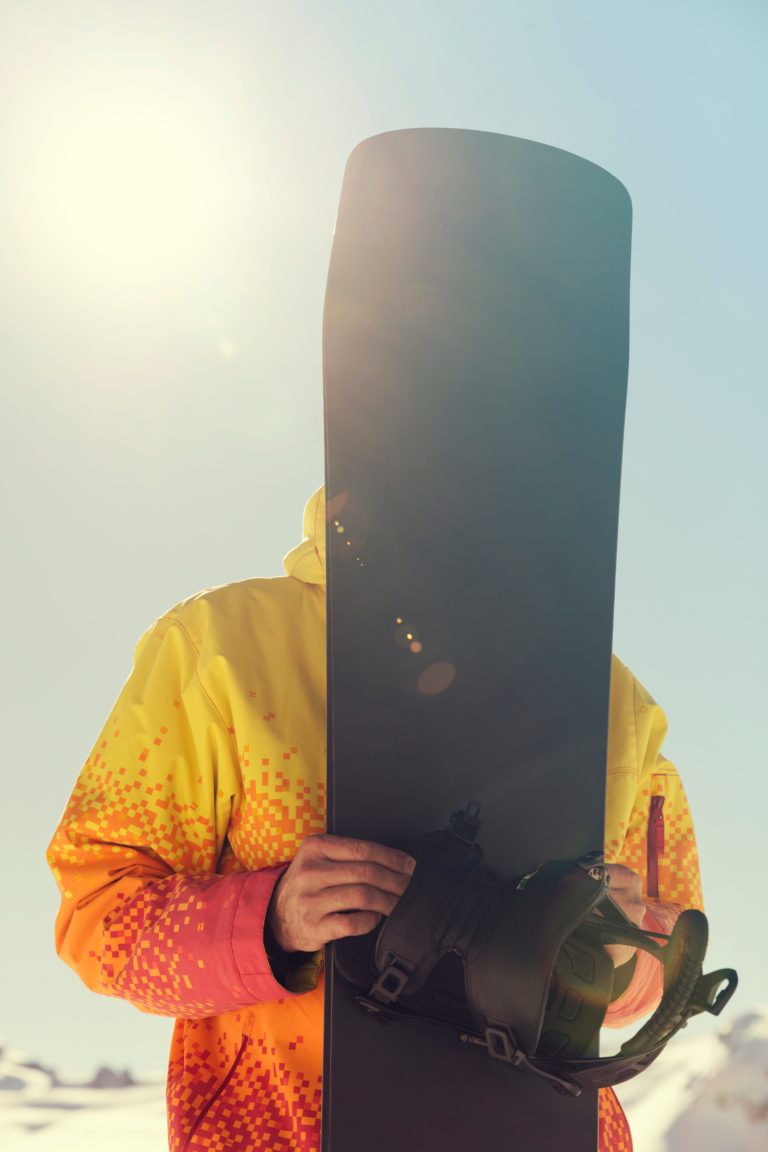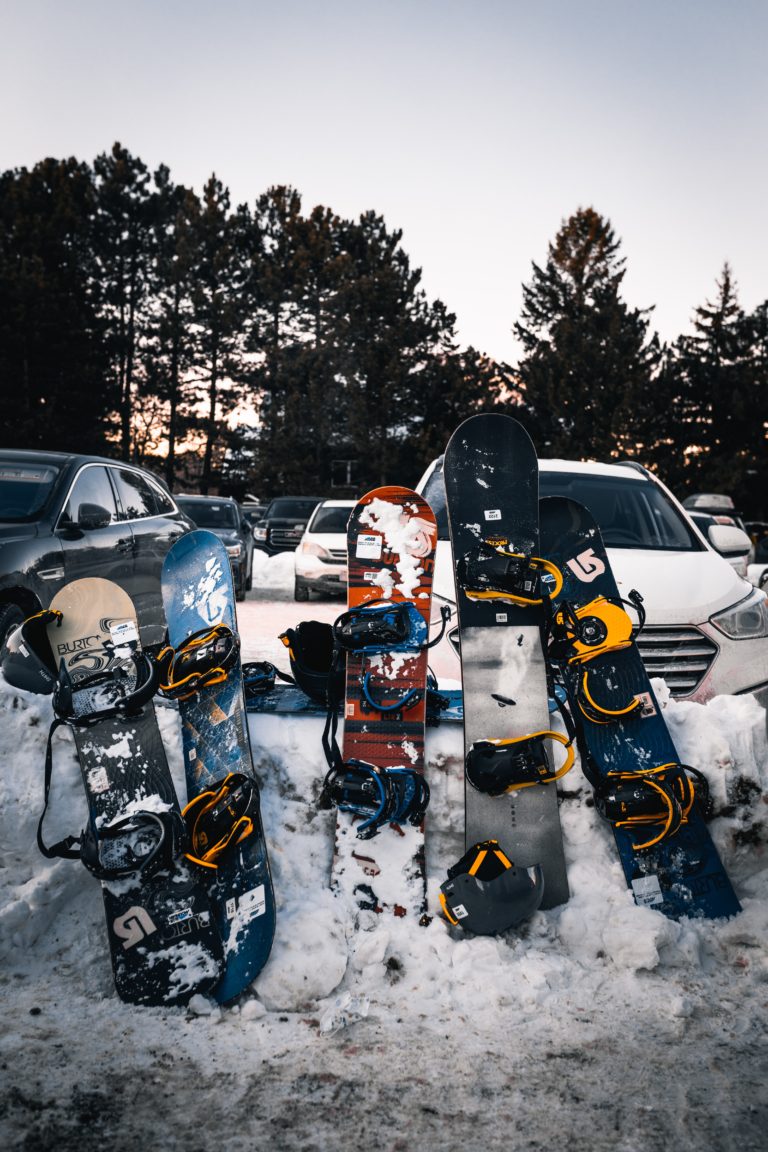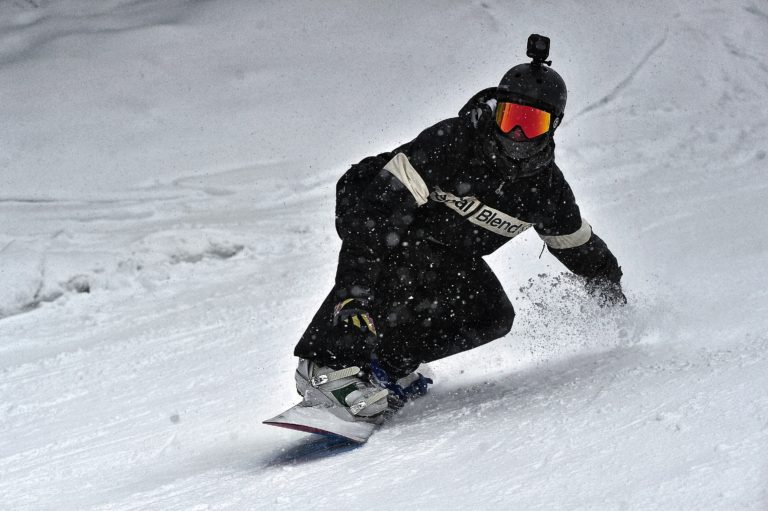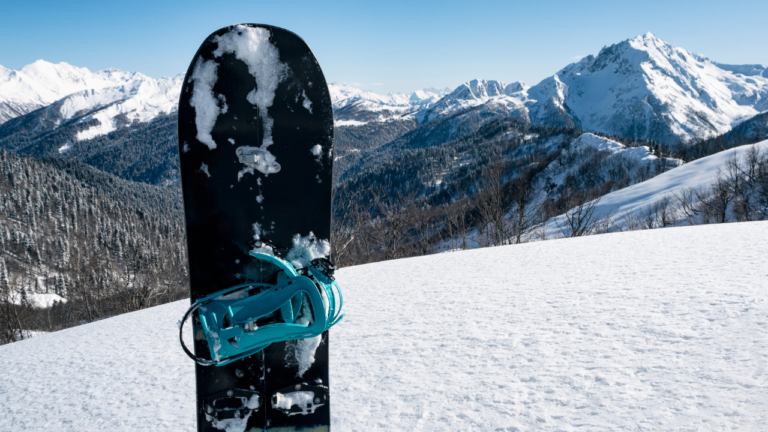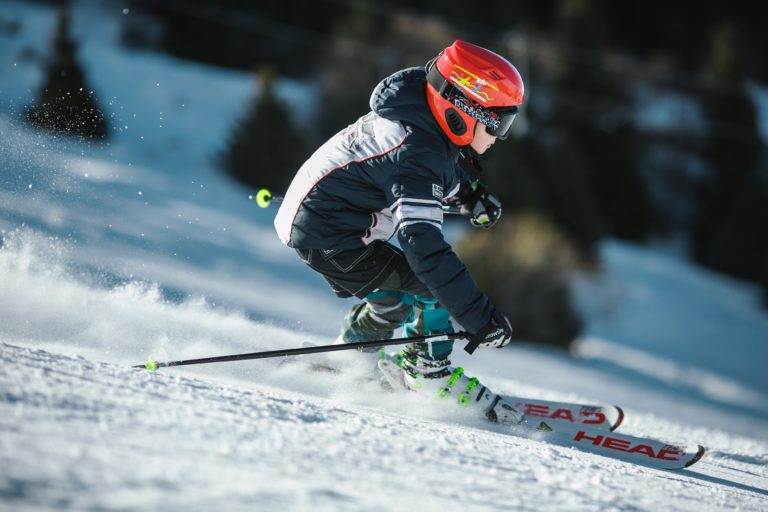Have you ever been out on the slopes and felt like your snowshoes were too short or too long? If so, you know just how important it is to get the right size snowshoes. Choosing the correct length of snowshoe is key to having an enjoyable experience on the slopes. Here’s our guide to help you pick the perfect pair of snowshoes for your next adventure!
What Size Should I Get?
The first step in choosing the right size of snowshoe is understanding what size works best for you. Generally speaking, a smaller snowshoe is better for lighter loads and easier terrain, while a larger one can carry heavier loads and handle more challenging terrain. But don’t worry – there are other factors you should consider when selecting your ideal length.
How Are Snow Shoes Supposed to Fit?
Get your winter wanderings off on the right foot with a proper-fitting pair of snowshoes! Choose a size based on your weight and any gear you’ll be carrying, then make sure to don supportive boots with rigid soles. The bindings should allow for wiggling toes and flexing feet, while straps should fit snugly but not too tightly.
Should I Size Up or Down in Snow Shoes?

When it comes to choosing the right size for snowshoes, the general rule of thumb is to consider your weight and the weight of any gear you’ll be carrying.
If your weight falls within the recommended weight range for a specific size of snowshoe, then you should be fine selecting that size. However, if you’ll be carrying a heavy pack or trekking through deep snow, you may want to size up to ensure you have enough flotation to stay on top of the snow.
It’s also worth noting that different brands and models of snowshoes may fit differently, so it’s a good idea to try on a few different pairs before making a final decision. You should aim for a snug, but not too tight, fit to prevent your feet from sliding around inside the shoes, which can cause blisters and discomfort.
Weight and Terrain
Your weight plays an important role in determining which size of snowshoe will work best for you. The heavier you are, the longer your snowshoes need to be, since they are designed to spread out your weight over a larger surface area. This helps reduce strain on your feet and ankles by preventing them from sinking into deep powder or icy slopes. If your shoes end up getting dirty, make sure to take a look at our article on How to Properly Clean Hiking Boots!
Additionally, it’s wise to take into consideration the type of terrain that you’ll be using your shoes on – if it’s mostly flat, then shorter lengths will suffice; however, if there are hills or mountains involved, then a bigger length may be necessary in order to provide more stability while walking uphill.For example, if someone weighs 160 pounds (72 kg) and plans on using their shoes mainly on flat terrain with light loads, they would likely do best with a 25-inch (63 cm) pair; however, if they weigh 250 pounds (113 kg) and plan on traversing steep mountain trails with heavy backpacks, then a 30-inch (76 cm) pair would likely be more suitable for their needs.
Additional Tips
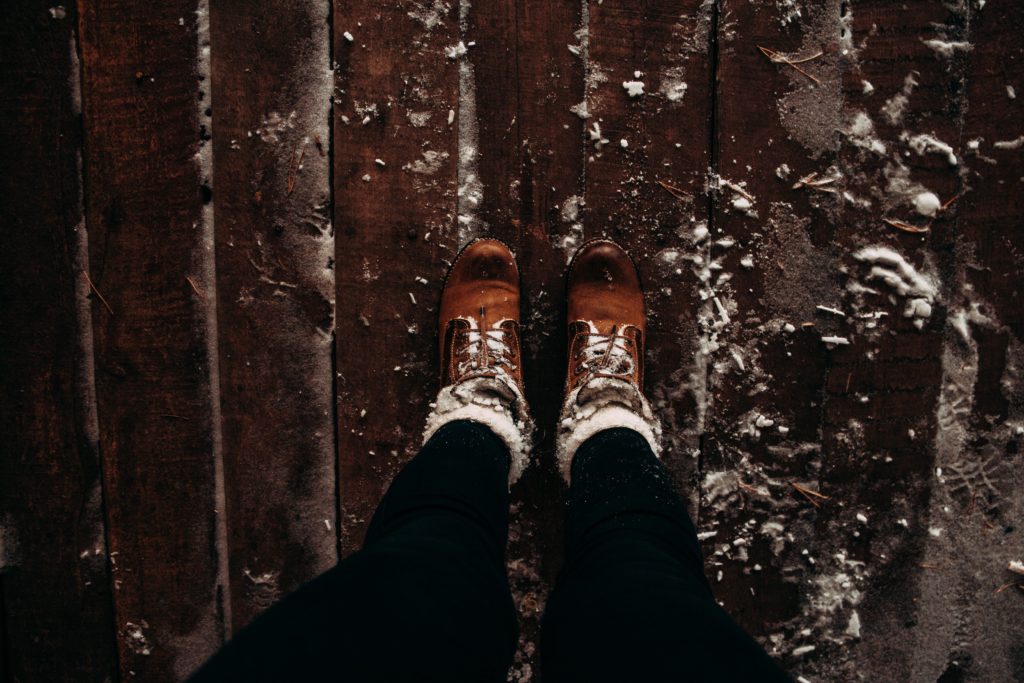
In addition to considering weight and terrain when selecting your perfect fit, here are some additional tips that can help make sure you find the right length for you:
- Consider buying two different sizes of snowshoes so that you have options depending on what type of activity or terrain you’re planning on tackling each time out.
- Make sure that there is enough space between the front end of one shoe and the back end of another when walking – this will ensure maximum comfort while trekking through difficult landscapes without compromising stability.
- Pay attention to any areas where straps come into contact with your foot – these straps should not rub against or cause discomfort when walking, as this could lead to blisters or soreness later down the line.
- Try different lengths at home before heading out – this way you can get used to how they feel without having any adverse consequences such as slipping or falling due to unfamiliarity with longer lengths!
In Conclusion
Snowshoe sizing is all about finding your perfect fit! Whether it’s flat trails or steep hikes – it’s essential that we choose correctly sized shoes for our bodies in order for us to have a safe and comfortable experience out there in nature! With our guide above, we hope that we’ve helped make choosing easy so that anyone can find their ideal length quickly! If you are having trouble looking for a pair of skiing shoes, make sure to take a look at our article on the 3 Best Ski Shoes for Wide Feet 2023 Happy hiking!


